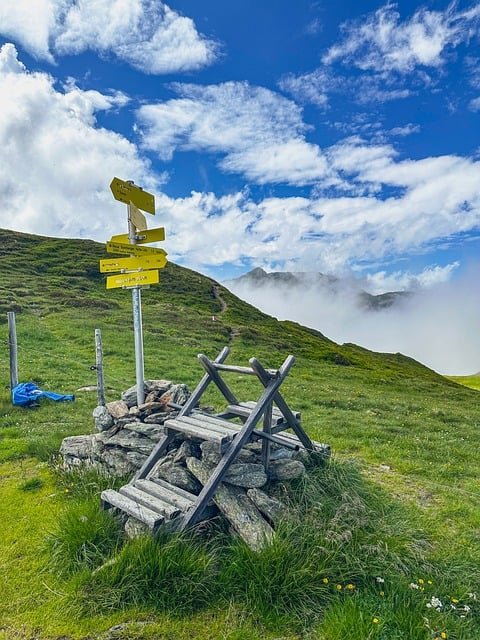
Hiking is a popular outdoor activity that involves walking or trekking on natural terrains such as mountains, hills, forests, and deserts. It is a great way to connect with nature and challenge oneself physically and mentally. However, for those looking for an even more thrilling experience, there is a hiking technique known as scrambling.
Scrambling is a combination of hiking and climbing, where hikers use their hands to ascend steep and rocky surfaces. It requires more technical skills and physical strength compared to regular hiking or trekking. Scrambling is typically done on routes that don`t require the use of ropes or harnesses, and it falls somewhere between hiking and rock climbing on the difficulty level. It can be considered a middle ground for hikers who want more challenging terrain compared to a standard hiking trail but don`t have the skills or equipment for rock climbing.
There are a few key features that differentiate scrambling from regular hiking. These are:
1. Exposure: Scrambling takes hikers to exposed areas where they are more vulnerable to the elements. The terrain can be slippery, unstable, and the consequences of a fall can be severe. This makes scrambling more dangerous and challenging than regular hiking. 2. Use of Hands: Scrambling requires the use of hands to climb up or down rocky surfaces. This means that hikers must have sturdy hiking boots and good grip strength to hold onto the rocks. 3. Route Finding: Unlike regular hiking trails that are marked and well-defined, scrambling routes are not always clear. Hikers must navigate their way using their judgment and route-finding skills. 4. Difficulty: Scrambling routes are considered more difficult than regular hiking trails. They involve steep ascents, descents, and traversing narrow ledges and gullies. This also means that scrambles require more physical stamina and endurance.There are different types of scrambling based on the level of difficulty and technical skills required. Some of the common types are:
1. Easy Scrambling: These routes are relatively simpler and less dangerous, making them suitable for beginners. They don`t involve too much exposure, and the use of hands is minimal. However, hikers are still required to have basic navigation and climbing skills. 2. Moderate Scrambling: These routes are more demanding and require hikers to be comfortable with exposure and have good route-finding skills. The terrain could include steep ascents, descents, and traverses with some technical sections. 3. Difficult Scrambling: These routes are challenging and are recommended for advanced hikers with significant experience in scrambling and roped climbing. They involve exposed and technical terrain, and hikers must have good judgment and solid climbing skills to complete these routes safely.Scrambling can be an incredibly enjoyable and rewarding experience, but it is essential to approach it with caution and preparedness. Here are some tips for safe scrambling:
1. Get Proper Training: Hikers should acquire basic navigation, route-finding, and climbing skills before attempting to scramble. 2. Use Proper Gear: Proper gear is crucial for scrambling. This includes sturdy and comfortable hiking boots with good grip, lightweight but strong climbing ropes, a harness, a helmet, and other essential safety equipment. 3. Be Mindful of Weather Conditions: Bad weather conditions like rain, snow, and fog, can make scrambling more challenging and dangerous. It is essential to check the weather forecast and plan the outing accordingly. 4. Know Your Limits: It is crucial to assess your abilities and comfort level before attempting any scrambling route. If you feel unsure about a particular section, it is best to turn back or seek an alternative route.Scrambling is a more challenging and adventurous version of hiking that requires a unique set of skills and equipment. It provides hikers with an opportunity to explore nature from a new perspective and pushes their limits. However, it is essential to remember that safety should always be the top priority, and hikers must be adequately trained and prepared before attempting scrambling routes.

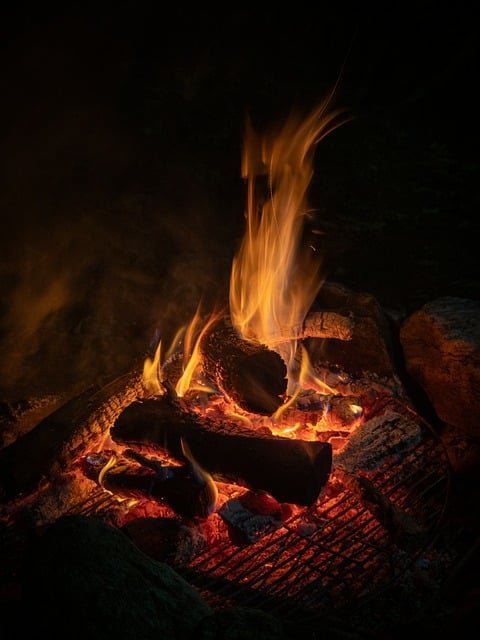
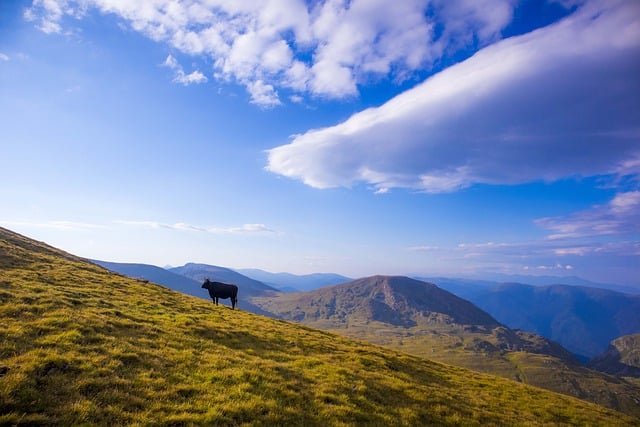
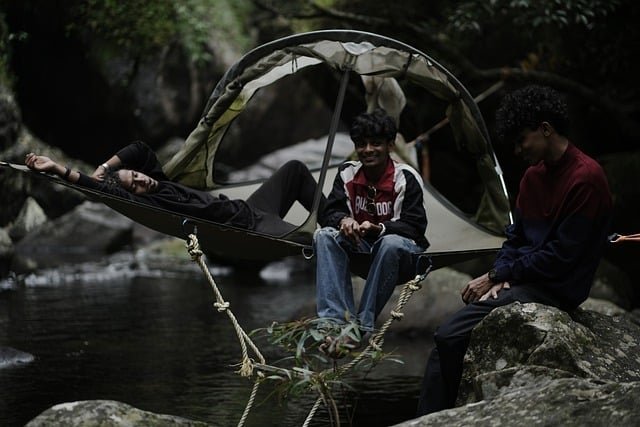
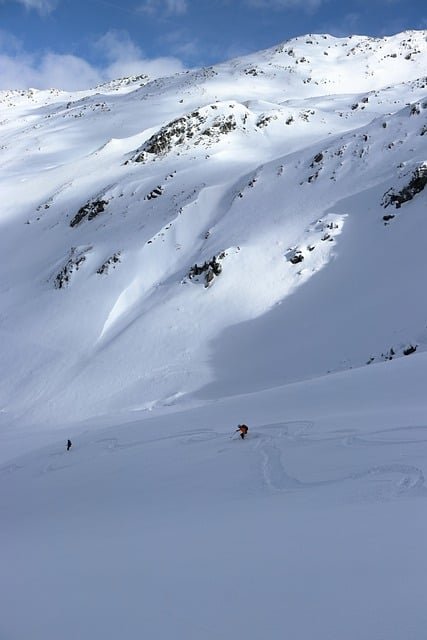


Join our newsletter community for exclusive updates, offers, and more. Sign up now to stay in the loop!
© Outdoor-Expedition. All Rights Reserved. Design by HTML Codex